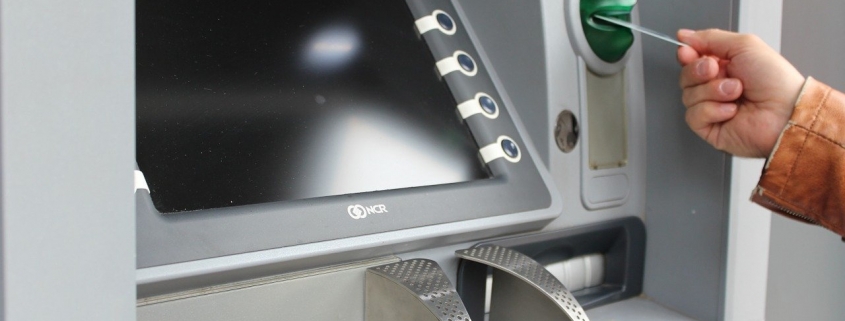The Importance of Understanding your Reg. E Opt-In Form
In 2010 there were changes to the laws and regulations for financial institutions regarding overdraft privilege programs. Certain Regulation E rules took effect July 1, 2010. Under these rules, financial institutions must provide notice and reasonable opportunity for customers to opt-in to the payment of automated teller machine (ATM) and one-time point-of-sale (POS) overdrafts provided in exchange for a fee.
Even though this regulation is over 10 years old, there are still misunderstandings from financial institutions regarding the way to present the Reg. E options to consumers, and also the way financial institutions should disclose to their consumers. Not disclosing Reg. E opt-in correctly to your customers/members could be costly to your institution and also hurt the institutions reputation. Recently a Bank was hit with $122 million in restitution and penalties to resolve claims that it charged U.S. consumers fees without consent. The CFPB stated that in some cases the bank required new customers to sign its overdraft notice with the ‘enrolled’ option pre-checked without mentioning the Reg. E service to the consumer. In other cases the CFPB found that new customers were enrolled in Reg. E without requesting the customer’s oral enrollment decision.
Reg. E opt-in disclosures are highly sensitive matters with regulators and strict compliance is required. Strunk is the leader in overdraft privilege services and we have a great understanding on how to establish and implement policies and procedures that align with the laws and regulations around Reg. E opt-in. If you have any questions regarding your disclosures or your procedures, reach out to Strunk so we can assist you.



